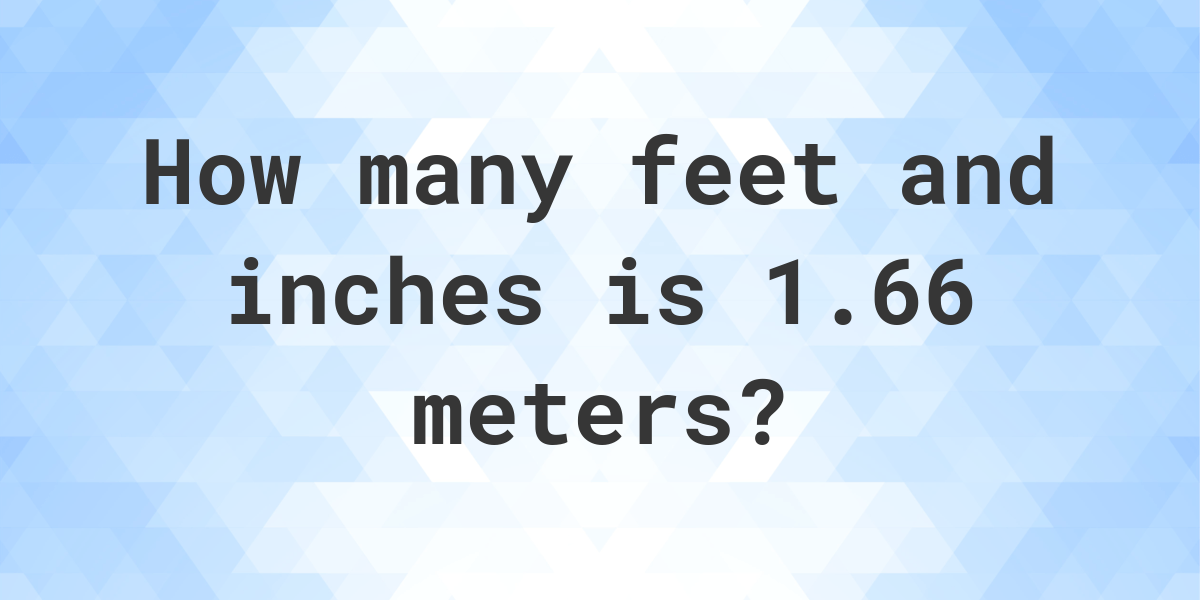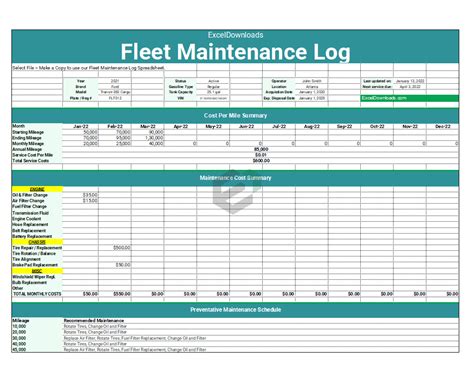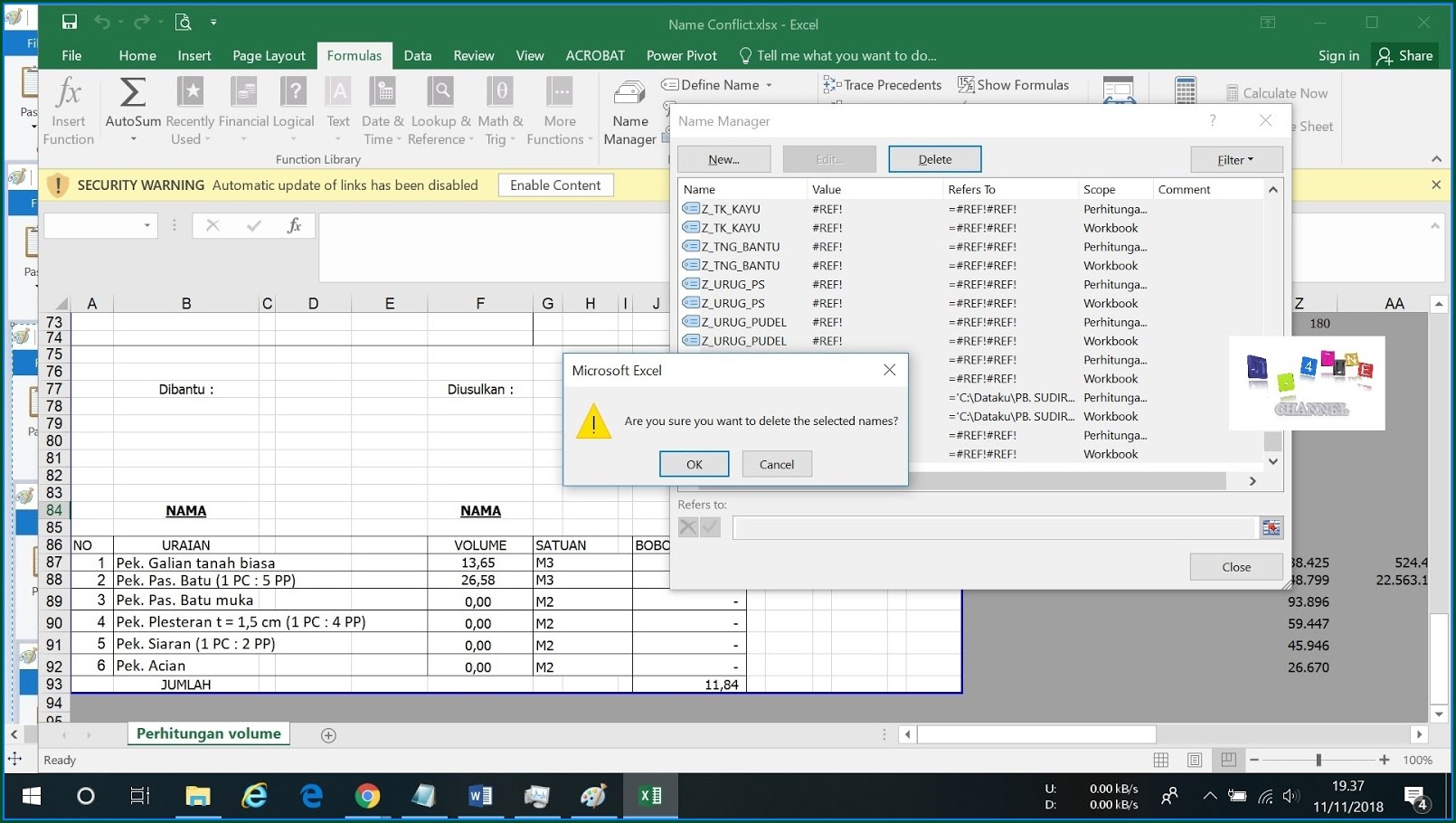Convert 66 meters to feet: 5 Tips

Converting measurements is a common task in various fields, and understanding how to convert meters to feet is a valuable skill. In this article, we will explore the process of converting 66 meters to feet, providing you with five essential tips to ensure accurate and efficient conversions.
The Basics of Meter-to-Feet Conversion

Before we delve into the specific conversion of 66 meters, let's establish the fundamental principles of converting between metric and imperial units. The meter (m) is the standard unit of length in the International System of Units (SI), while the foot (ft) is a widely used unit in the imperial system. To convert meters to feet, we need to know the conversion factor, which is approximately 3.28084 feet per meter.
Tip 1: Understand the Conversion Factor
The first step in any conversion process is to familiarize yourself with the conversion factor. In the case of meters to feet, the conversion factor is 3.28084 ft/m. This means that for every meter, there are approximately 3.28 feet. By knowing this factor, you can easily estimate the result of your conversion and spot potential errors.
Tip 2: Utilize Conversion Formulas
To convert 66 meters to feet accurately, you can apply a simple mathematical formula. The formula for this conversion is:
Feet = Meters x Conversion Factor
Plugging in the values, we get:
Feet = 66 meters x 3.28084 ft/m
Now, let's calculate the result:
Feet = 216.53664 feet
So, 66 meters is equivalent to approximately 216.54 feet. Always remember to round your answer to a reasonable number of decimal places to maintain accuracy.
Tip 3: Use Online Conversion Tools
In today's digital age, online conversion tools can be incredibly handy. There are numerous websites and applications that offer quick and precise conversion services. These tools often provide user-friendly interfaces, allowing you to input the value and select the desired units for conversion. Simply search for "meter to feet conversion" online, and you'll find a plethora of reliable options.
Tip 4: Practice with Real-World Examples
The best way to master any conversion skill is through practice. Try converting various lengths in meters to feet, especially those that have practical applications in your field. For instance, if you're involved in construction, convert the height of a building or the length of a road. This will help you gain a deeper understanding of the conversion process and its real-world implications.
Tip 5: Explore Metric-Imperial Conversion Charts
Conversion charts can be a valuable resource when dealing with multiple conversions. These charts provide a quick reference for common conversion values, often presented in a tabular format. By referring to a meter-to-feet conversion chart, you can easily find the equivalent value for 66 meters and many other lengths. These charts can be particularly useful when you need to make quick calculations on the go.
| Length (meters) | Equivalent Length (feet) |
|---|---|
| 1 meter | 3.28084 feet |
| 66 meters | 216.53664 feet |
| 100 meters | 328.084 feet |
| 500 meters | 1640.42 feet |

In this table, you can see the conversion for 66 meters, along with some additional common length conversions. These charts can be easily found online or in reference books, providing a quick and reliable conversion resource.
Frequently Asked Questions

Why are there different units of measurement systems, like metric and imperial?
+The metric system (SI) is a globally recognized standard, offering consistency and ease of calculation. On the other hand, the imperial system, with units like feet and inches, has historical roots and is widely used in certain regions, particularly in the United States.
<div class="faq-item">
<div class="faq-question">
<h3>How accurate are online conversion tools?</h3>
<span class="faq-toggle">+</span>
</div>
<div class="faq-answer">
<p>Online conversion tools are generally highly accurate, as they utilize precise conversion formulas. However, it's always a good practice to double-check the results, especially for critical calculations. Always ensure you're using reputable and well-reviewed conversion websites.</p>
</div>
</div>
<div class="faq-item">
<div class="faq-question">
<h3>Can I convert feet back to meters using the same method?</h3>
<span class="faq-toggle">+</span>
</div>
<div class="faq-answer">
<p>Absolutely! The conversion process is bidirectional. To convert feet back to meters, you'll use the inverse of the conversion factor. Simply divide the value in feet by the conversion factor (3.28084) to get the equivalent length in meters.</p>
</div>
</div>
<div class="faq-item">
<div class="faq-question">
<h3>Are there any common mistakes to avoid when converting meters to feet?</h3>
<span class="faq-toggle">+</span>
</div>
<div class="faq-answer">
<p>One common mistake is forgetting to round the result to a reasonable number of decimal places. Another mistake is using an incorrect conversion factor. Always double-check your conversion factor and ensure it's up-to-date with the latest standards.</p>
</div>
</div>
<div class="faq-item">
<div class="faq-question">
<h3>What are some real-world applications of meter-to-feet conversions?</h3>
<span class="faq-toggle">+</span>
</div>
<div class="faq-answer">
<p>Meter-to-feet conversions are essential in various fields, including construction, architecture, sports, and even space exploration. For instance, an architect might need to convert the height of a building, while a sports enthusiast might want to understand the length of a running track in feet.</p>
</div>
</div>
</div>
By following these tips and practicing regularly, you’ll become an expert in converting 66 meters to feet and many other measurements. Remember, accurate conversions are crucial in many industries, so take the time to master this skill.



